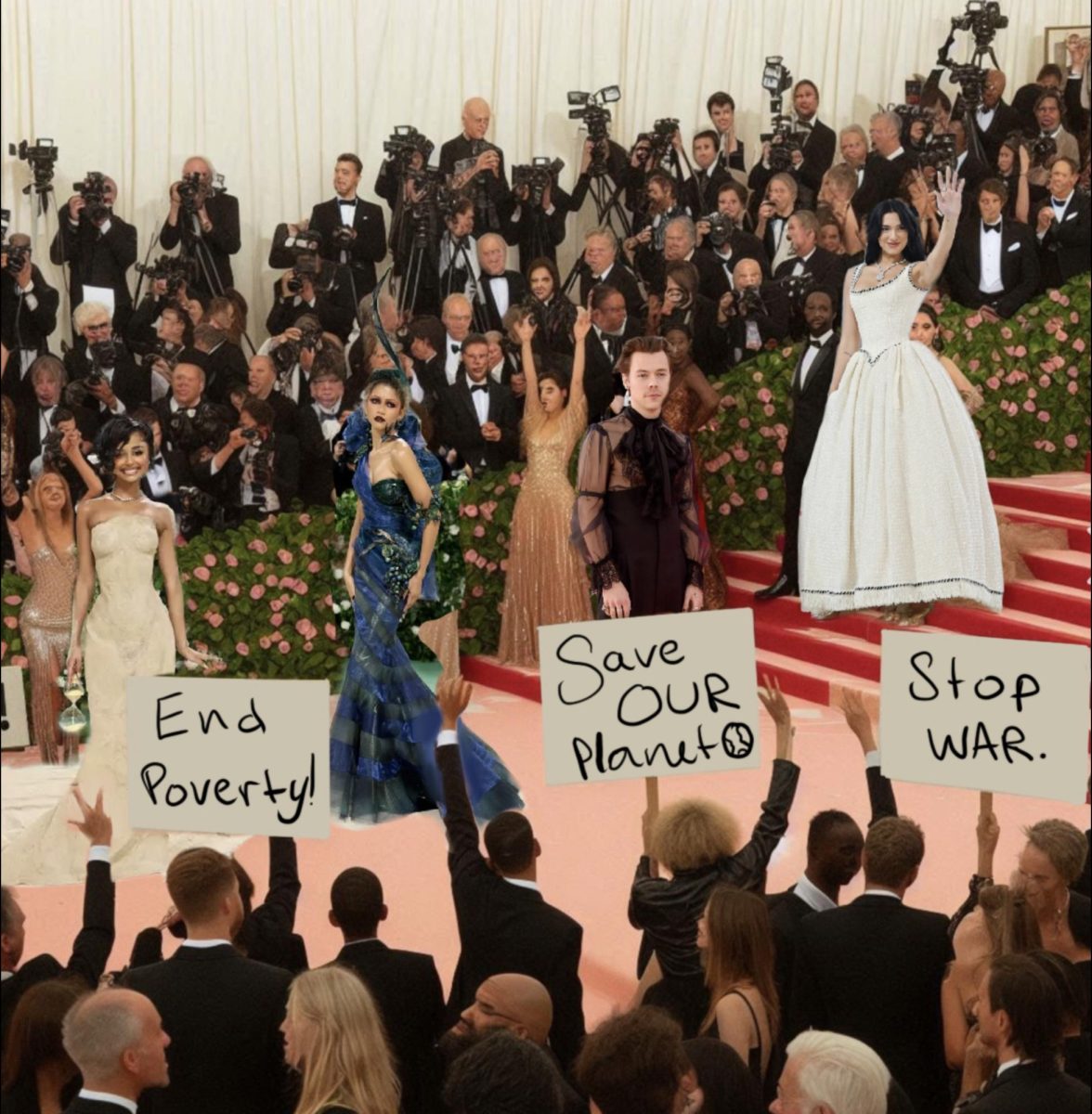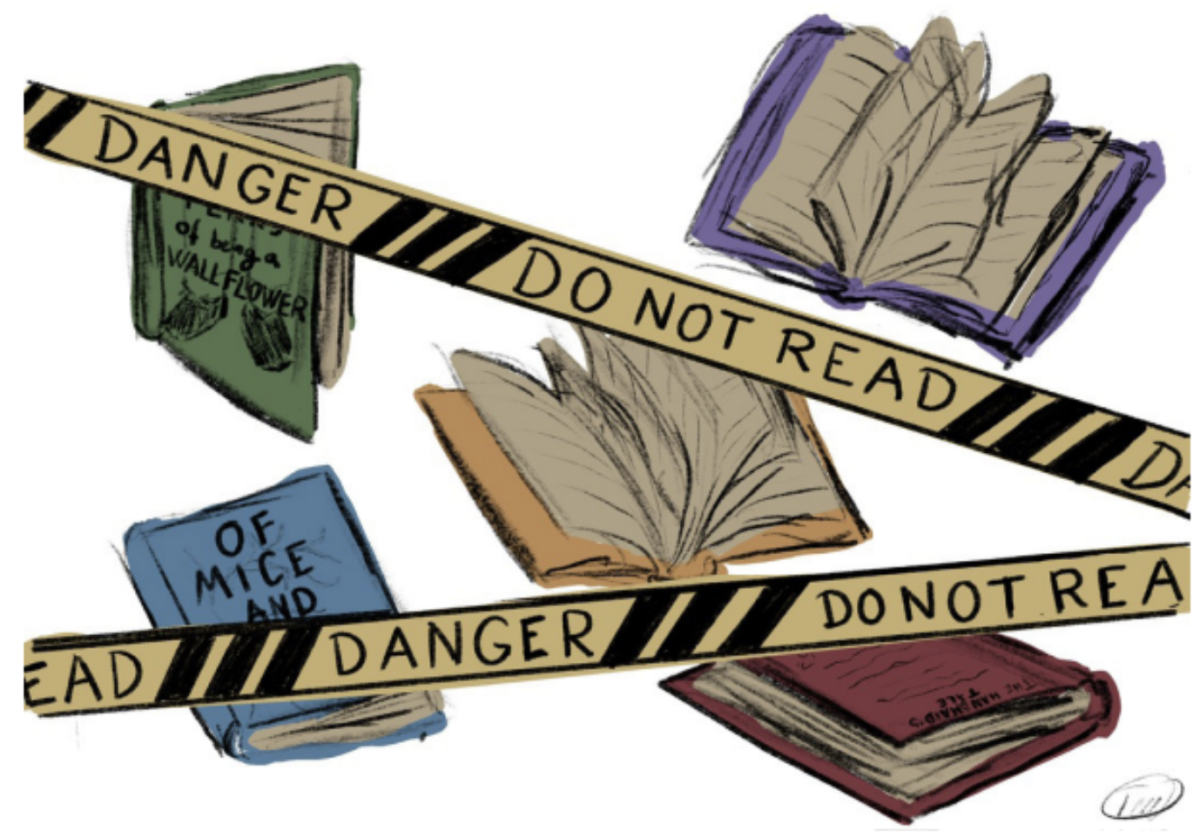Art has been a fundamental part of human civilization for thousands of years, and it continues to evolve as technology advances. With the advent of artificial intelligence (AI), there has been a growing interest in the role that AI can play in the creation of art. AI has the potential to revolutionise the art world, providing artists with new tools to express themselves and creating new forms of art that were previously impossible. However, there are also concerns about the impact of AI on the art world and whether it could replace human creativity altogether.
One of the most significant contributions of AI to the art world has been the development of generative art. Generative art refers to art that is created through the use of algorithms and computer programs. These algorithms are designed to produce artwork based on a set of rules or parameters, often using machine learning techniques to improve their output over time. One example of generative art is DeepDream, a neural network developed by Google that can create psychedelic images by analysing and modifying existing images. Another area where AI has made significant progress is in the field of computer vision. Computer vision refers to the ability of machines to interpret and understand visual data, such as images and videos. This technology has been used to create tools for artists, such as image recognition software that can help them identify and analyse patterns in their work. It can also be used to generate new images based on existing ones, providing artists with a starting point for their creations.
AI has also been used to create art that is interactive and responsive to the environment. One example of this is the Rain Room, an installation that uses sensors and computer algorithms to create a rain-like effect that stops when people walk through it. The installation provides a unique and immersive experience for viewers, blurring the line between art and technology.
Despite the many benefits of AI in the art world, there are also concerns about the impact it could have on the role of the artist. Some argue that AI could replace human creativity altogether, leading to a world where all art is generated by machines. Others worry that the use of AI could result in a homogenization of art, with artists relying too heavily on algorithms and templates rather than developing their own unique styles and perspectives. In response to these concerns, some artists are exploring ways to use AI as a tool rather than a replacement for human creativity. For example, some artists are using AI to generate images or patterns that they then incorporate into their work, rather than relying solely on the output of the algorithm. Others are using AI to create interactive installations that respond to human input, creating a collaborative experience between the viewer and the machine.
In conclusion, the role of AI in the creation of art is still evolving, and its impact on the art world remains to be seen. While there are concerns about the potential for AI to replace human creativity or lead to a homogenization of art, it is important to note that art is all about the expression of ideas and emotions, and the creativity that goes into it. While AI might be able to generate beautiful images, it would never really be able to replace real artists as they can convey messages and emotions in ways that AI can not. In reality, the question is not whether I would replace humans in art, but whether humans are open and creative enough to embrace the opportunities that AI presents. AI should be used as a tool to enhance and expand the creative process. As artists continue to explore the possibilities of AI, we can expect to see new forms of art emerge that challenge our understanding of what is possible.



